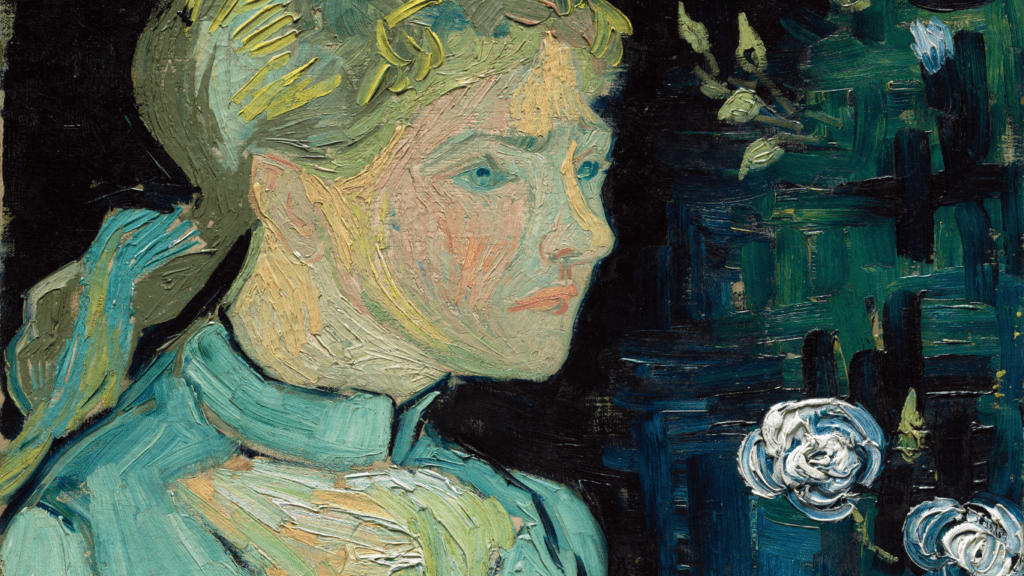Understanding the Basics of Art Pricing
Pricing artwork can be challenging without a solid understanding of art pricing fundamentals. It involves several key aspects to ensure pieces are competitively priced yet reflective of their value.
Valuing Your Time and Skill
Calculate the amount of time spent on a piece and factor in your skill level and experience. If a painting takes 10 hours to complete and you value your time at $30 per hour, the labor cost is $300. Consider this as a foundational aspect of pricing.
Assessing Material Costs
List the materials used in creating your artwork, such as:
- paint
- canvas
- brushes
Total the cost of all items to get an accurate material expense figure. For example, if materials cost $50, add this to your labor cost.
Analyzing Market Rates
Research comparable pieces in the market. Evaluate artists with similar styles and skill levels. Platforms like Etsy and Saatchi Art can provide valuable insights into current pricing trends.
Factoring in Overhead Costs
Include expenses like studio rent, utilities, and marketing. Calculate the average monthly overhead and distribute it across your artwork. If monthly overhead is $500 and you create 10 pieces a month, allocate $50 per piece.
Setting a Profit Margin
Determine a reasonable profit margin, ensuring your price covers costs and provides income. A common approach is to add a 20-50% markup. Adding a 30% margin to the previous total of $350 raises the price to $455.
Pricing Based on Size and Complexity
Adjust prices for larger or more complex pieces. Larger paintings often require more materials and time. Use a per-square-inch or per-square-foot rate to maintain consistency. For instance, a rate of $1 per square inch for a 20×20 inch piece results in a price of $400.
Reviewing and Adjusting Prices
Regularly review and adjust prices based on market changes, feedback, and personal growth. Stay adaptable, ensuring your prices reflect your artwork’s evolving value.
This approach simplifies pricing your artwork, ensuring each piece accurately reflects your time, skill, and unique artistic vision.
Factors Influencing Your Art Pricing

Pricing artwork can seem overwhelming, but breaking it down into key components helps. Factors like material costs, time invested, and artistic experience significantly impact pricing.
Cost of Materials
Materials directly affect artwork pricing. I consider costs for canvases, paints, brushes, and other medium-specific supplies. For example, high-quality oil paints cost more but offer richer color that enhances artwork. Tracking each material expense ensures accurate pricing for each piece.
Time and Effort
Time and effort invested in a piece vastly influence its price. Recording hours spent on creation allows me to value my time appropriately. Detailed, intricate pieces typically require more effort and should be priced higher. If a painting takes 50 hours to complete, its price must reflect that dedication.
Artistic Experience
My artistic experience levels profoundly impact how I price my artwork. A seasoned artist, with years of honing skills, justifiably sets higher prices compared to someone just starting.
Customers recognize the depth of experience through technique refinement and unique artistic voice, leading to increased artwork value.
These factors provide a foundational approach to pricing artwork accurately, ensuring fair compensation for artistry and effort.
Market Analysis for Pricing Art
Market analysis for pricing art involves understanding current trends, evaluating competitor prices, and identifying target buyers. To determine an appropriate price, it’s essential to conduct thorough research and understand your place within the art market.
Research Comparable Art Prices
Researching comparable art prices helps gauge the value of your work relative to similar pieces. By examining works with similar mediums, styles, and sizes, you can identify standard market rates.
Resources like auction results, gallery listings, and online art platforms provide valuable data. For example, checking websites like Artsy, Saatchi Art, and Artnet can show how similar artworks are priced. This informs your baseline pricing strategy and ensures your prices align with market expectations.
Understand Your Art Market
Understanding your art market involves identifying your target audience and knowing what drives their purchasing decisions. Different segments of the art market value different aspects of artwork, from the uniqueness of the piece to the artist’s reputation.
For instance, collectors may prioritize provenance while casual buyers might focus on aesthetic appeal.
It’s crucial to recognize whether your audience comprises local buyers, international collectors, or niche enthusiasts. By understanding the demographics and preferences of your target market, you can tailor your pricing strategy to meet their expectations, ensuring your work appeals to the right buyers.
Pricing Models for Artists
Choosing the right pricing model is crucial for valuing artwork accurately. Below are various pricing strategies to consider.
Cost-Based Pricing
Cost-based pricing involves calculating all expenses and adding a profit margin. I start by listing direct costs, like materials and tools. Then, I include indirect costs, such as studio rent and utilitie
s. After summarizing these costs, I add a percentage for profit. This approach ensures all expenses get covered and provides a consistent profit.
Demand-Based Pricing
Demand-based pricing relies on market demand and audience willingness to pay. To implement this, I research my target audience and their spending habits. If similar artworks sell at higher prices, I adjust my prices accordingly. This model often works best for limited edition pieces or highly sought-after styles.
Combination Pricing
Combination pricing merges cost-based and demand-based strategies. I first determine my costs to ensure nothing gets overlooked. Next, I analyze market demand to align my prices with customer expectations.
This hybrid approach balances covering expenses and maximizing potential revenue, offering flexibility in various market conditions.
Incorporating these models helps artists determine the most suitable pricing strategy for their work.
Common Pricing Mistakes to Avoid
Pricing artwork involves careful consideration of several factors. Here are common mistakes to avoid:
- Ignoring Material Costs
Many artists overlook the cost of materials, such as canvases, paints, and framing. These costs can accumulate and eat into profits if not accounted for. - Underestimating Time
Artists sometimes fail to value their time appropriately. Each piece of art requires hours of work, and underestimating this can lead to undervaluing artworks. - Neglecting Market Research
Skipping market research can result in prices that don’t align with market trends or target audience expectations. Researching competitor prices and current market trends is critical. - Inconsistent Pricing
Inconsistencies in pricing can confuse potential buyers and harm an artist’s reputation. Maintain consistency across all platforms and artworks of similar styles or sizes. - Ignoring Overhead Costs
Overhead costs, like studio rent, utilities, and marketing, must be factored into the price. Overlooking these can impact the overall profitability of the art business. - Discounting Too Frequently
Frequent discounts can devalue artwork and make it difficult to sell at full price later. Reserve discounts for special occasions or limited-time promotions. - Not Setting Clear Terms
Failing to set clear terms for pricing, such as payment plans or return policies, can lead to misunderstandings with buyers. Clearly communicate all policies to maintain transparency.
Avoiding these common mistakes can help artists ensure fair compensation for their work, aligning prices with market expectations and maintaining a sustainable art business.


